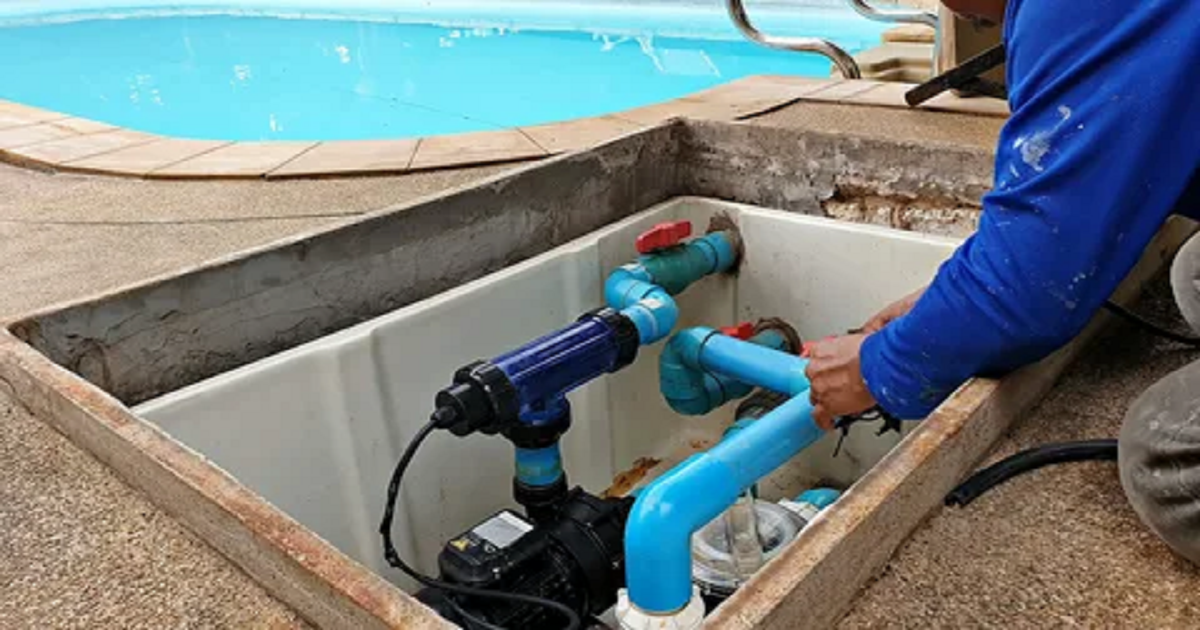Welcome to our comprehensive guide on Sump Pump Inspections and Repairs. If you own a home with a basement or live in an area prone to heavy rainfall, you’re likely familiar with the vital role a sump pump plays in keeping your basement dry and your property safe from water damage. In this article, we will delve into the intricacies of sump pump inspections and repairs, offering expert insights and practical advice to ensure your sump pump is always up to the task.
Sump Pump Inspections and Repairs: A Critical Maintenance Task
Sump pump inspections and repairs are not to be taken lightly. Regular maintenance can prevent unexpected failures and costly water damage. Here’s what you need to know:
The Importance of Regular Inspections
Regular inspections are the cornerstone of sump pump maintenance. It’s advisable to perform these checks at least once every six months to ensure your sump pump is ready for action when needed.
Signs Your Sump Pump Needs Repairs
- Unusual Noises: If your sump pump is making strange noises, it could be a sign of impending trouble.
- Excessive Cycling: Frequent on-off cycling might indicate a problem with the float switch or the pump itself.
- Visible Rust or Corrosion: Rust or corrosion on the pump can lead to leaks and inefficiencies.
- Foul Odors: A foul odor around your sump pump may indicate a clog or damage.
DIY vs. Professional Repairs
While some minor maintenance tasks can be handled by homeowners, complex repairs should be left to professionals. Always prioritize safety when working on your sump pump.
Maintaining Your Sump Pump: DIY Tips
Now, let’s explore some do-it-yourself tips to keep your sump pump in top shape:
Cleaning the Sump Pit
Regularly clean the sump pit of debris, gravel, and sediment to ensure it operates smoothly.
Testing the Float Switch
Ensure the float switch moves freely by gently lifting it to activate the pump. The pump should turn on and off smoothly.
Inspecting Discharge Lines
Check the discharge lines for any obstructions or damage. Proper water flow is crucial for effective operation.
Lubricating Moving Parts
Lubricate any moving parts, such as the impeller, as recommended by the manufacturer.
Backup Power Source
Consider installing a backup power source, like a battery or generator, to ensure your sump pump works during power outages.
Importance of Battery Backup
Investing in a battery backup system for your sump pump is a smart move. It ensures that your sump pump can continue to function during a power outage, which is often when you need it the most.
Maintaining the Check Valve
The check valve prevents water from flowing back into the sump pit once it’s been pumped out. Regularly inspect and replace it if it’s damaged.
Testing the Pump
Regularly test your sump pump by pouring a bucket of water into the sump pit. It should activate and pump the water out efficiently.
Keeping the Sump Pit Clear
Ensure that the sump pit is always clear of debris and clutter. This allows for proper water collection and pump operation.
Monitoring the Discharge Pipe
Make sure the discharge pipe is correctly positioned and free from any obstructions. It should direct water away from your home’s foundation.
Common Sump Pump Problems and Solutions
Problem: Pump Doesn’t Turn On
Solution: Check the power source, float switch, and the pump itself for any issues. If necessary, call a professional.
Problem: Continuous Running
Solution: This could be due to a stuck float switch or a high water table. Inspect and address the problem accordingly.
Problem: Odd Noises
Solution: Unusual noises may indicate a damaged impeller or motor. Get it checked by a professional.
Problem: Short Cycling
Solution: Short cycling may be caused by a malfunctioning float switch or check valve. Replacement or repair is needed.
Problem: Noisy Check Valve
Solution: Lubricate the check valve or consider replacing it if the noise persists.
Additional Tips for Sump Pump Maintenance
Backup Sump Pump
Consider installing a backup sump pump system. This secondary pump can activate if the primary one fails, providing an extra layer of protection during heavy rainfall or mechanical issues.
Regular Cleaning
Keep the sump pit clean by removing any debris, dirt, or gravel that may accumulate. A clean pit ensures efficient water collection and pump operation.
Alarm Systems
Invest in a sump pump alarm system. These alarms can alert you to potential issues, such as high water levels or pump failures, allowing you to take action promptly.
Professional Inspection
While DIY maintenance is essential, it’s equally important to schedule professional inspections. A qualified technician can perform a comprehensive evaluation, identify hidden problems, and ensure your sump pump is in peak condition.
FAQs
How often should I inspect my sump pump?
Regular inspections should be conducted every six months, with additional checks after heavy rainfall or storms.
Can I replace my sump pump myself?
While some homeowners can handle basic replacements, it’s often best to hire a professional for more complex installations.
What’s the average lifespan of a sump pump?
The average sump pump lasts around 10 years, but regular maintenance can extend its lifespan.
Should I invest in a sump pump alarm?
Yes, a sump pump alarm can alert you to potential issues, providing an added layer of protection for your home.
Are there any preventive measures to avoid sump pump failure?
Regular maintenance, including cleaning and testing, is the best preventive measure. Additionally, consider a backup power source.
Can I use my sump pump during a power outage?
If you have a backup power source, like a battery or generator, your sump pump can still function during a power outage.
Can I replace my sump pump myself?
While some homeowners can handle basic replacements, it’s often best to hire a professional for more complex installations.
Conclusion
Sump pump inspections and repairs are crucial for maintaining a dry and secure home. By following our expert advice and conducting regular checks, you can ensure your sump pump is always ready to protect your property from water damage. Don’t wait for a disaster to strike; invest in the maintenance of your sump pump today.




